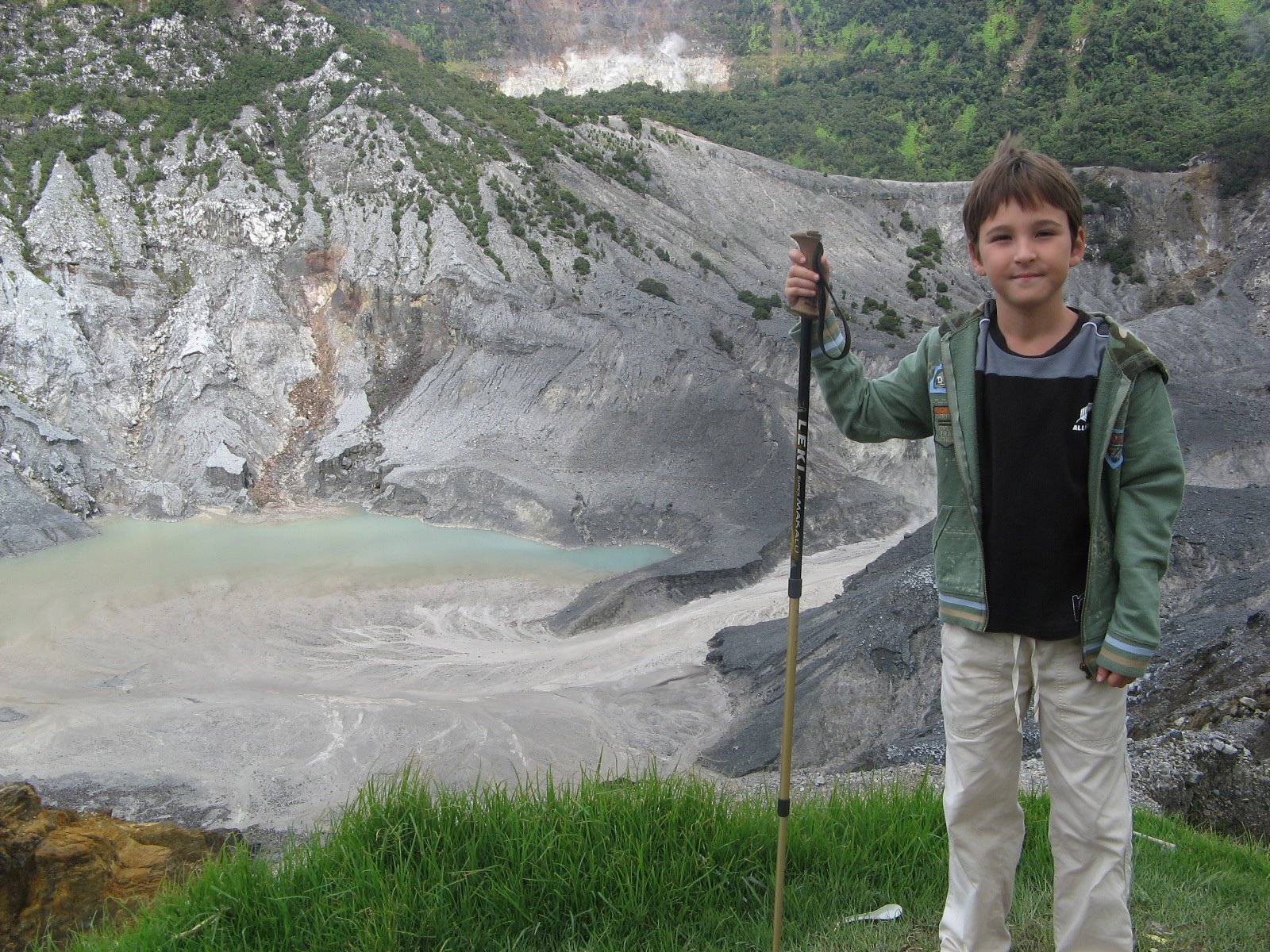Geology
The Himalayan mountain range with Mount Everest.A mountain is usually produced by the movement of lithospheric plates, either orogenic movement or epeirogenic movement. The compressional forces, isostatic uplift and intrusion of igneous matter forces surface rock upwards, creating a landform higher than the surrounding features. The height of the feature makes it either a hill or, if higher and steeper, a mountain. The absolute heights of features termed mountains and hills vary greatly according to an area's terrain. The major mountains tend to occur in long linear arcs, indicating tectonic plate boundaries and activity. Mountain creation tends to occur in discrete periods, each referred to as an orogeny. The orogeny may last millions of years, and the uplifted region is being eroded away, producing valley-and-peak terrain, even while the uplift is taking place. Two types of mountain are formed depending on how the rock reacts to the tectonic forces – block mountains or fold mountains.The compressional forces in continental collisions may cause the compressed region to thicken, so the upper surface is forced upwards. In order to balance the weight, much of the compressed rock is forced downwards, producing deep "mountain roots". Mountains therefore form downwards as well as upwards (see isostasy). However, in some continental collisions part of one continent may simply override part of the others, crumpling in the process.Some isolated mountains were produced by volcanoes, including many apparently small islands that reach a great height above the ocean floor.Block mountains are created when large areas are widely broken up by faults creating large vertical displacements. This occurrence is fairly common. The uplifted blocks are block mountains or horsts. The intervening dropped blocks are termed graben: these can be small or form extensive rift valley systems. This form of landscape can be seen in East Africa, the Vosges, the Basin and Range province of Western North America and the Rhine valley.Where rock does not fault it folds, either symmetrically or asymmetrically. The upfolds are anticlines and the downfolds are synclines; in asymmetric folding there may also be recumbent and overturned folds. The Jura mountains are an example of folding. Over time, erosion can bring about an inversion of relief: the soft upthrust rock is worn away so the anticlines are actually
Tuesday, June 19, 2007
Subscribe to:
Post Comments (Atom)

No comments:
Post a Comment